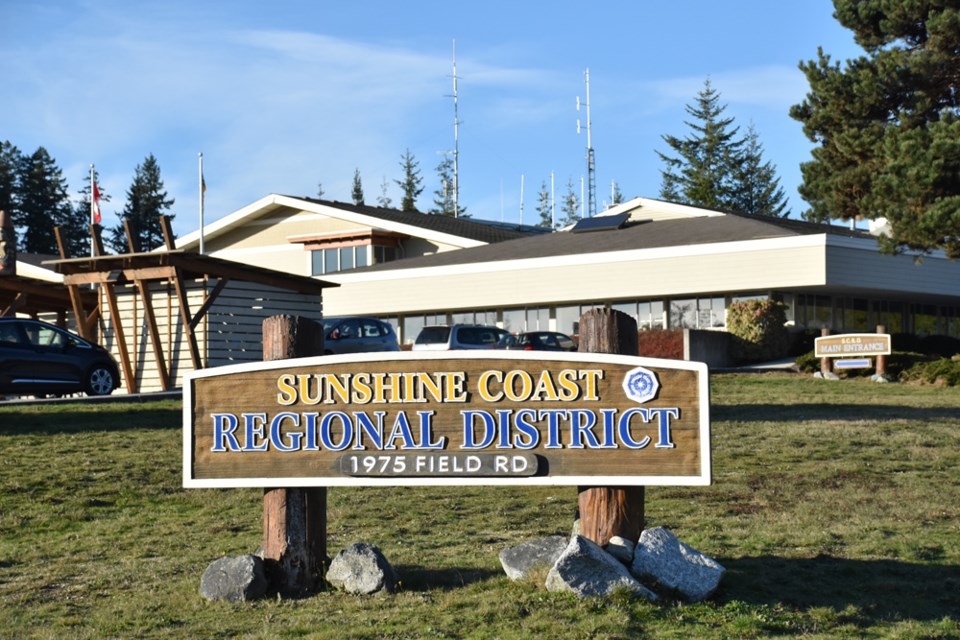How much population growth can be sustained on the Coast? Where should new housing and other projects be considered? What does local government need to do to prepare infrastructure, community programming and environmental considerations to keep pace with the growth projected to come to our area?
Those questions and more will be in front of Sunshine Coast Regional District directors at a June 1 special committee meeting, as they consider how to move forward with development of a regional growth strategy.
A walk through of baseline reports to support building such a strategy was provided to the directors May 18 by consulting firm MODUS, which began that work (budgeted at $50,000) in 2021. A staff report on the upcoming meeting’s agenda asks for the directors' collective view on the next steps to take, such as further referrals to SCRD partners, community groups and the public. Other options suggest including the reports in the board’s strategic planning process and using them to guide updates of official community plans for the regional district and other local governments.
One of the reports MODUS prepared reflects a review of current and projected demographic, land use, environmental, transportation and housing data. Based on that information, the consultants produced maps showing current population densities and how those are anticipated to change by 2031.
The current most highly concentrated populations are centred in the Coast’s two municipal areas. In the future-focused mapping, “the greatest opportunities for growth” are shown in downtown and West Sechelt; Davis Bay and ts’ukw’um; Gibsons; and the Roberts Creek village area.
“It’s important to note that this is not a fixed outcome. With potential further research on regional growth and subsequent updates to Official Community Plans, density, people, and growth can be directed elsewhere,” the report states.
What the consultant recommended
The MODUS reports framed eleven recommendations for the development of a regional growth strategy.
Those cite that growth on the Coast should be coordinated across all local government jurisdictions, supported by investments from other levels of government, focused in areas of existing developments and fit within the area’s natural settings.
The consultant recommended that growth be managed through inclusive and accessible planning processes and be shaped by equitable and climate-informed land use and infrastructure plans.
Other recommendations for strategy development focus on key areas of concern for the region, including water, housing and adjusting to climate change. The consultants encouraged a focus on water conservation measures, maintaining aquifer health and planning for the growth of settlement areas that are resilient to climate impacts and emergency events. Diversification of housing types and tenures to meet current and future needs is recommended.
In addition, the recommendations call for growth to be planned for in a way that reduces greenhouse gas emissions and energy consumption and fosters social well-being as well as respect and protection for Indigenous rights and heritage.
MODUS stated, “With this [strategy recommendations] report in hand, the SCRD and its partners have a baseline of information resources with which to convene informed and meaningful dialogue with local government staff about regional planning opportunities.
“The shíshálh Nation is finalizing a new land use plan for the swiya which will provide direction on biodiversity, watershed integrity, cultural resources, and economic development. Once complete, it can serve as a crucial foundational document to supplement this report’s findings."


